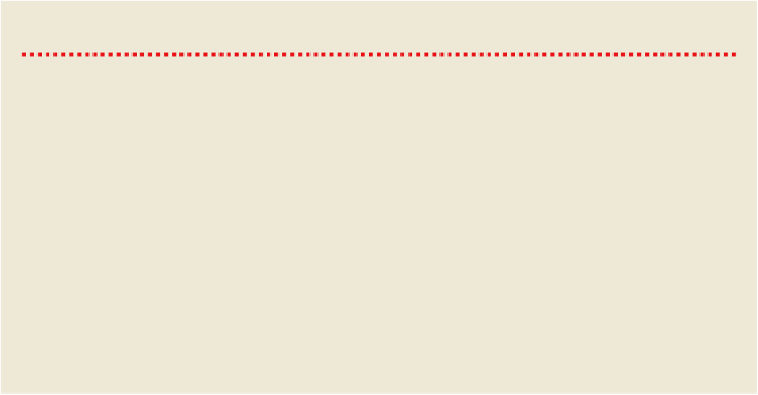Travel Reference
In-Depth Information
Italy was introduced to modern
calcio
in the late 19th century when the English factory barons of
Turin, Genoa and Milan established teams to keep their workers fit.
Lyrical, intense and dramatic - it's only natural that opera bears the 'Made in Italy' la-
bel. Track pants might be traded in for tuxedos, but Italy's opera crowds can be just as
ruthless as their pitch-side counterparts . Centuries on, the dreaded
fischi
(mocking
whistles) still possess a mysterious power to blast singers right off stage. In December
2006, a substitute in street clothes had to step in for Sicilian-French star tenor Roberto
Alagna when his off-night aria met with vocal disapproval at Milan's legendary La Scala.
Best not to get them started about musicals and 'rock opera', eh?
OPTIMAL OPERA VENUES
»
Milan's
Teatro alla Scala (
Click here
) Standards for modern opera were set by La Scala's great iron-
willed conductor Arturo Toscanini and are ruthlessly enforced by La Scala's feared
loggione,
opera's
toughest and most vocal critics in the cheap seats upstairs.
»
Venice's
La Fenice (
Click here
) Risen twice from the ashes of devastating fires, 'The Phoenix' fea-
tures great talents on its small stage.
»
Verona's
Roman Arena (
Click here
) Rising talents ring out here, thanks to forward-thinking organ-
isers and the phenomenal acoustics of this Roman amphitheatre.
»
Rome's
Terme di Caracalla (
Click here
) The dramatically decrepit summer venue for the Teatro
dell'Opera di Roma was the site of the first concert by the Three Tenors (Luciano Pavarotti, Placido
Domingo and Jose Carreras), with a recording that sold an unprecedented 15 million copies.
»
Naples'
Teatro San Carlo (
Click here
) Europe's oldest opera house, a Unesco World Heritage site
and the former home of Italy's most famous
castrati
- male sopranos traditionally with surgically
altered upper ranges.
The word
diva
was invented for legendary sopranos such as Parma's Renata Tebaldi
and Italy's adopted Greek icon Maria Callas, whose rivalry peaked when
Time
quoted
Callas saying that comparing her voice to Tebaldi's was like comparing 'champagne and
Coca-Cola'. Both were fixtures at La Scala, along with the wildly popular Italian tenor to
whom others are still compared, Enrico Caruso. Tenor Luciano Pavarotti (1935-2007) re-
mains beloved for attracting broader public attention to opera, while best-selling blind ten-
or Andrea Bocelli became a controversial crossover sensation with what critics claim are
overproduced arias sung with a strained upper register. A new generation of stars include
soprano Fiorenze Cedolins, who performed a requiem for the late Pope John Paul II, re-


